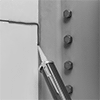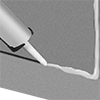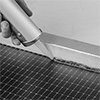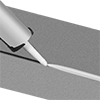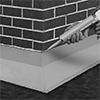Filter by
For Use On
Color
For Joining
Container Size
Formulation
Reaches Full Strength
Begins to Harden
Clarity
Hardness Rating
Maximum Temperature
Hardness
Minimum Temperature
Consistency
Minimum Application Temperature
Export Control Classification Number (ECCN)
DFARS Specialty Metals

































